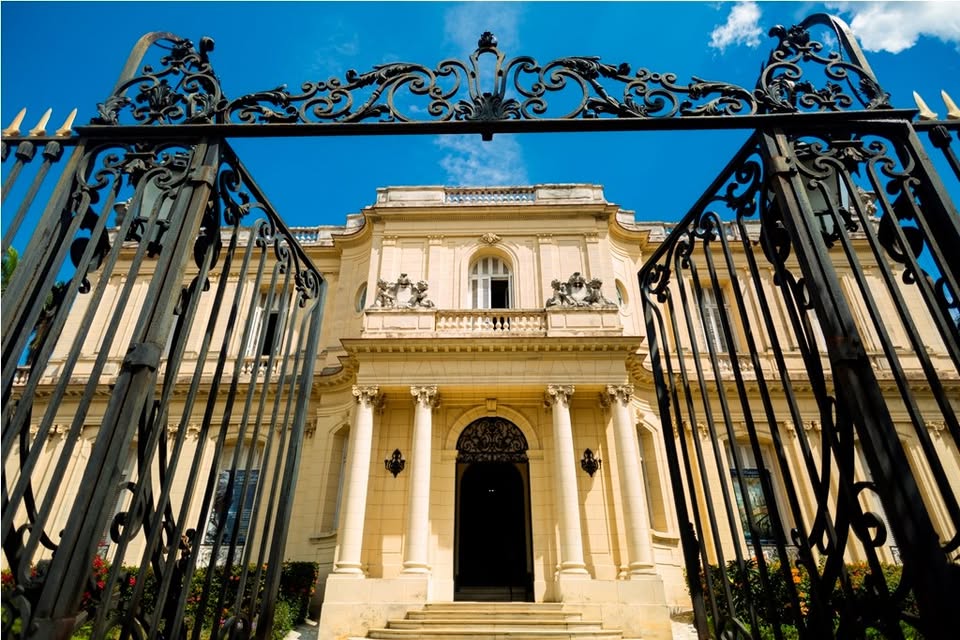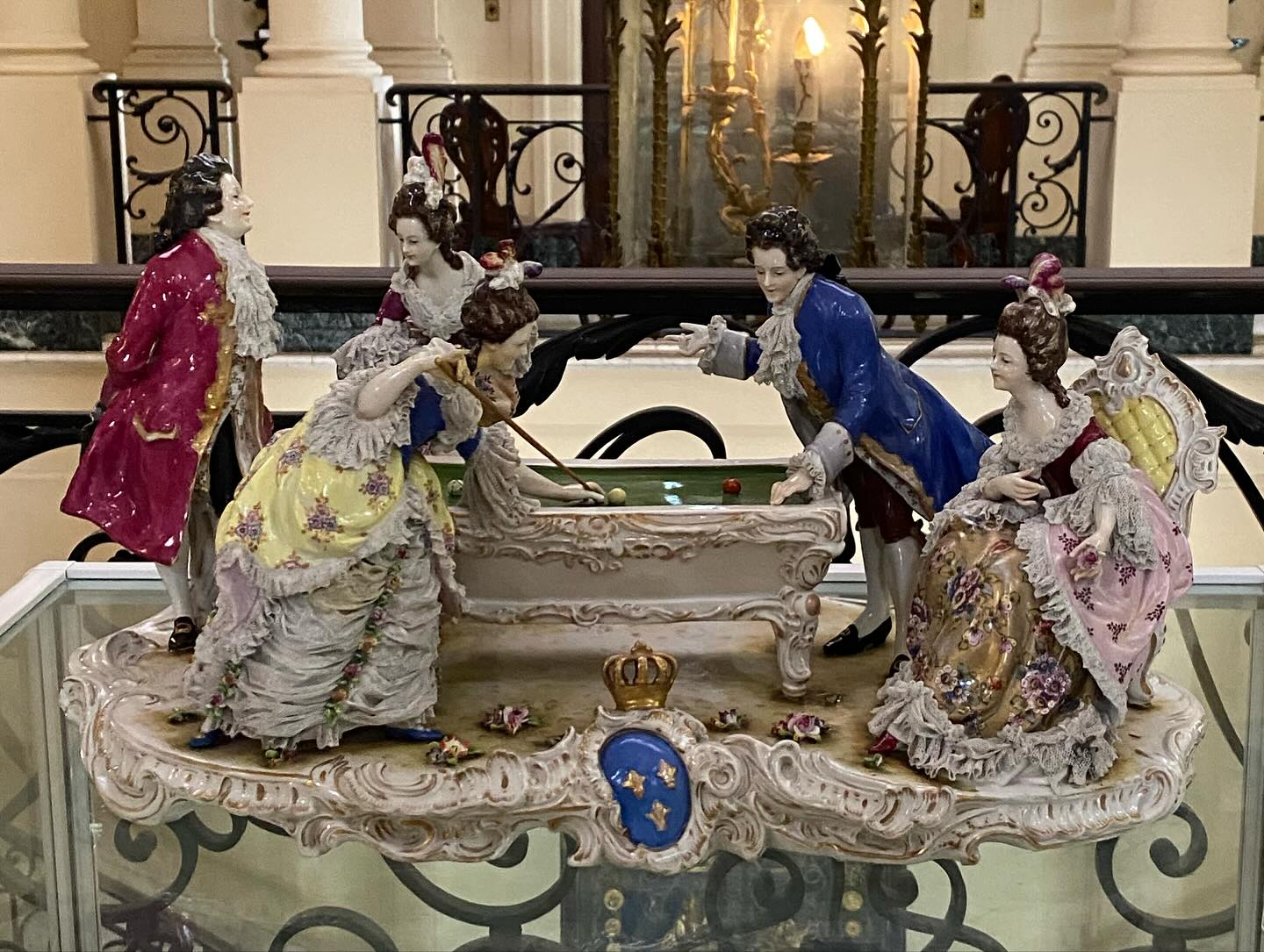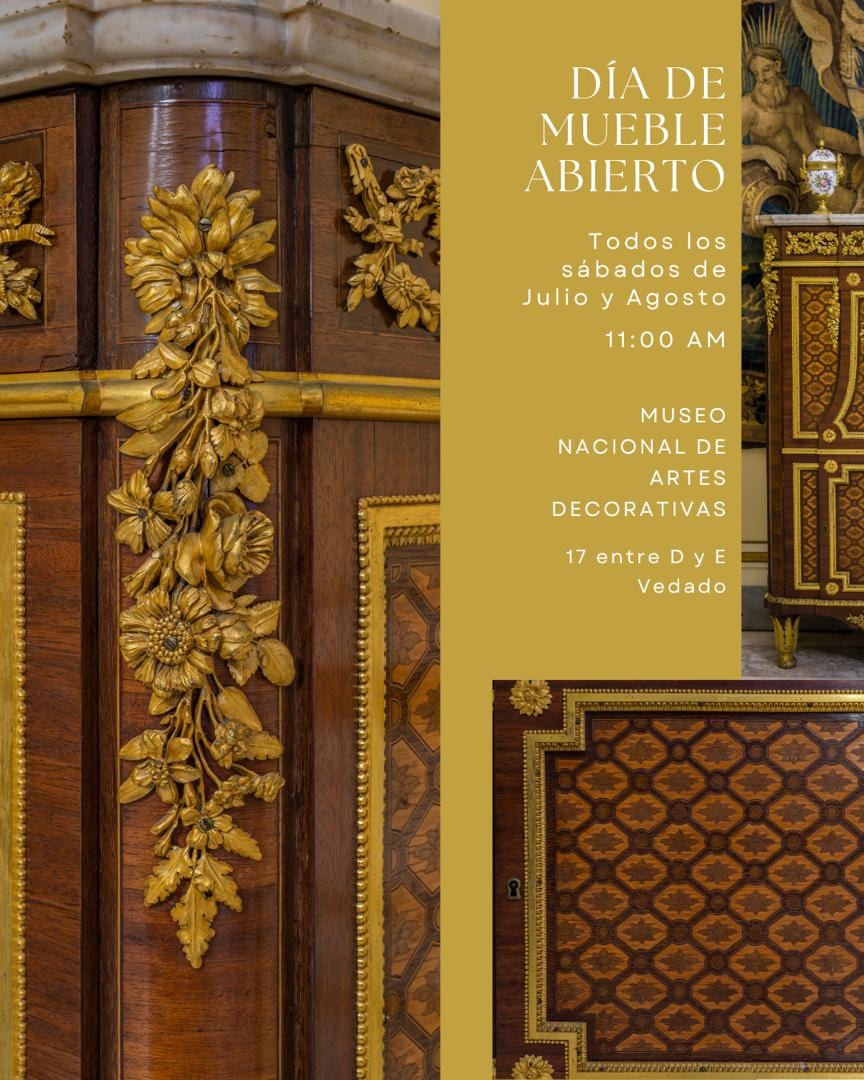Cuba’s National Museum of Decorative Arts: A Hidden Gem in El Vedado

Tucked away at the intersection of Calle 17 and D in Havana’s El Vedado district, the National Museum of Decorative Arts is a cultural treasure boasting over 30,000 pieces of significant historical and artistic value. Its extensive and diverse collection spans multiple styles, including Rococo, Art Nouveau, Art Deco, and Eclecticism, featuring works from both Europe and China. This makes it one of the most representative displays of decorative arts and preservation in Cuba.
The mansion that houses the museum was built between 1924 and 1927 for the Gómez family. It became the residence of María Luisa Gómez, Countess of Revilla de Camargo, and was long referred to by her name. After the 1959 revolution, the countess bequeathed the property to her nephew, who left the country in 1961.
The museum officially opened its doors to the public on July 24, 1964. Since then, visitors have been able to admire many of the original collections that once belonged to the countess. The estate’s heritage includes an impressive array of well-preserved artifacts, from the countess’s personal belongings to items that were once owned by other prominent Cuban figures, such as the Count of Jaruco and Oscar de Cintas. These collections vividly portray the refined taste and cultural appreciation of their former owners.

The upper floor of the mansion features themed rooms such as the Neoclassical Room, the Sèvres Room, the Boudoir Room, the English Room, the Oriental Room, and both the Art Nouveau and Art Deco Rooms. Each space is filled with priceless artifacts that reflect the elegance of their respective styles. On the ground floor, the Oriental Lacquer Room and the Dining Room—with its Italian marble and Regency-style décor—continue the museum’s tribute to aesthetic grandeur. The entrance hall welcomes visitors with fine examples from the museum’s furniture collection, enhanced by wood-paneled walls (boiseries) and a selection of 18th-century pieces that illustrate the evolution of classical styles.
The museum also features a number of paintings by renowned 18th-century French artists. The Main Bathroom dazzles with French opaline glassware and a suite of silver, porcelain, and crystal toiletry items presented in an Art Deco-themed setting. Outside, the Seasons Garden—located on the right side of the mansion—displays 19th-century Italian marble sculptures symbolizing the four seasons. On the left, the Night Garden showcases statues inspired by Rococo and Neoclassical styles.

Designed by French architects M. Destugué and P. Virad, the mansion is a remarkable example of preservation, not only for its architecture but also for its furniture and decorative elements. Among its many highlights are one of the most beautiful civil staircases in Cuba and the famed Queen’s Secretary, once owned by Marie Antoinette and originally housed in the Palace of Versailles. The museum’s collection spans countless artifacts, styles, and decorative traditions.
In celebration of its 61st anniversary and as part of its summer programming, the museum is hosting a series of public engagement events. These include the popular “Open Furniture Day,” children’s workshops, curated exhibitions, and heritage workshops—focusing in July on the founding of the museum and in August on Greek mythology and its influence on the decorative arts within the estate.
Translated by Luis E. Amador Dominguez
Photos: National Museum of Decorative Arts on Facebook



